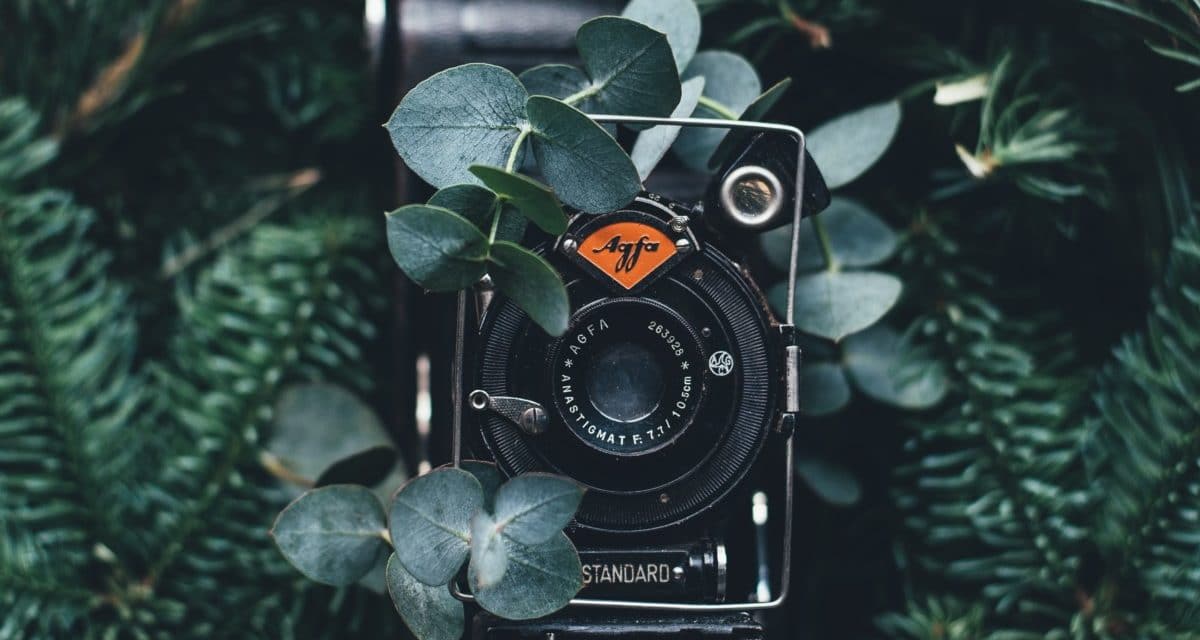[ad_1]
As soon as a couple finds out they're pregnant, the first thing they do is to go buy a camera for recording the first precious moments of their baby. The first time their baby opens their eyes, the first time they smile-those moments are fleeting and gone forever, unless captured and preserved for all time because they grow up so quickly. It is important to document the innocence of youth by capturing it in a picture, to anchor the memories around happy times.
Professional photography, while good for documenting growth and change, never seems to capture the real child, that playful little spirit that inhabits your day. You have to do that yourself, immediately when it happens and in the moment that it occurs. So how to do you do that? Well, it's not as difficult as it may sound. You don't need to be a professional photographer. With a little forethought and a ready camera and you too will be able to freeze frame those specials times for you and your child.
A simple point and shoot digital camera is really all that you need. Most cameras made today have automatic focus so that you won't have to fiddle with the settings. And many of the inexpensive cameras give good results, similar to their more expensive cousins. Pay attention to the pixel count as this will determine how well you can enlarge your shots, should you choose to do so. The more pixels, the bigger you can make the picture and better the resolution.
Four Child Photography Tips:
1. Capturing the Moment – Kids are natural actors and clowns, approaching life as adventure, because for them it is. They really don't know what's around that next corner, so it's best to hang back and watch them discover. Don't try to pose them or stage them in front of something. That's when they get stiff, trying to please you. Let them play. Let them experience. Have your camera at the ready for when magic happens.
2. Shoot Like a Pro – Look Later-One of the secrets of photography is that capturing the one special moment may take more than one shot. Sometimes it takes several shots and you don't see the best one until later when looking back at the pictures. Shooting digitally allows you to immediately look at your shots, so that you can delete or save the good ones. If you do that, however, you might miss the great one because the kids don't stop playing, they keep moving.
So here's a suggestion, rather than shoot one picture and look at it, just shoot and shoot and look later. You can always delete the ones you don't like, but you can never recapture the moment missed while you looked at the pictures one at a time. If you're always waiting for that magic shot, it will never come, so just fire the shutter and you will find the magic.
3. Step into Your Shot – Most people have a tendency to pick up a camera and then immediately to step back from their subject. That is not a good idea when taking pictures of your children. You don't want to be on top of them to squelch their spontaneity. But you do want to be close enough so that “they” are the subject of the shot. In other words fill you viewfinder with the action or the head and shoulders of the child. Lose the background, the statutes, the playground equipment. These are only distractions inside the frame. Remember you're taking pictures of your kids, not the tree behind them, so cut it out your viewfinder. This is called viewfinder editing.
4. Shooting Manually Rather Than Automatically – After looking at your pictures and after becoming familiar with your camera, you may decide that you want to try some hands on manual adjusting rather than to rely on your automatic settings. Most digital cameras allow for manual adjustment and come with easy to understand instructions. However, some things about cameras, old or new are forever.
For instance, if you're attempting to capture action, then you have to have a fast shutter speed. Most cameras refer to it as “stop action.” Shutting speeds above 1/250 will stop action. The faster the shutter speed the better. You will also have to adjust the aperture setting, too. The aperture determines how much light is let into the camera. Bright sunny days require less light than dull overcast days. Practice shooting in various light conditions to familiarize yourself with the way to adjust your equipment.
Don't be intimidated by your equipment. Following these four child photography tips and have fun with the camera as well as enjoy the kids as they play. Snap away while they play and you will find those special keepsake moments, guaranteed.
I hope you have found these child photography tips useful.
[ad_2]
Source by Jonnie Blaylock

